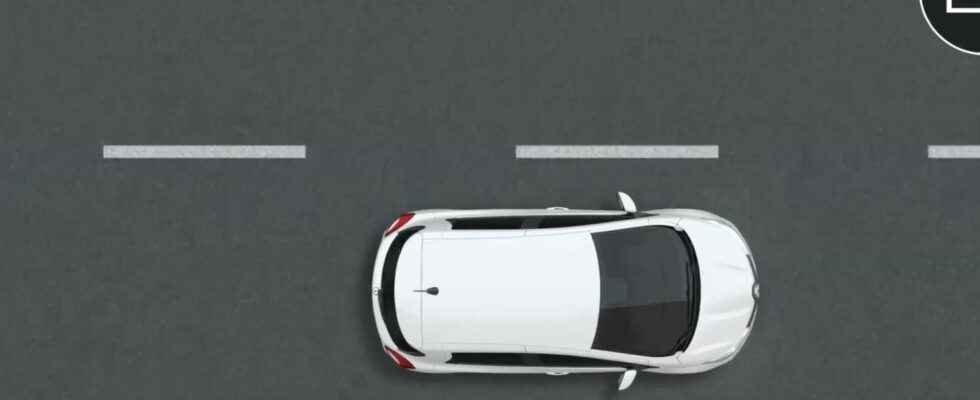Regenerative braking is a system that recovers theenergy when braking on hybrid vehicles and electric. It allows the battery to be recharged while driving and increases the vehicle’s range. Regenerative braking also helps the vehicle slow down without using the brakes.
Regenerative braking: how does it work?
When she rolls, the car accumulateskinetic energy. When you slow down, the kinetic energy decreases and therefore has to be “transformed” into another kind of energy. In a typical hydraulic braking system, it is dissipated in the form of heat over there friction enter here brochure and the brake disc. In the electric cars and hybridsthe kinetic energy is transformed into electricity by the motor which will generate a resistance more or less important. This electricity is stored in the battery for later use when accelerating again. Regenerative braking therefore offers two advantages:
- by locking the wheels, the engine slows the vehicle without using the brake. Traditional brakes therefore wear less quickly
- it recharges the battery and significantly increases therange of electric cars (most of the time the autonomy announced by the manufacturers takes regenerative braking into account).
How regenerative braking works. © Bosch Auto
Disadvantages of regenerative braking
- The greater the resistance, the more energy the motor generates. But at the same time, the braking force is increased, which can cause a somewhat abrupt stop. Most manufacturers therefore integrate a modular system, allowing less aggressive braking. Depending on the model, braking is adjusted using the brake lever. speed with different modes (B, C or D), via a control on the steering wheel, or is managed automatically by the on-board computer when the brake pedal is released.
- It is inefficient at high speed (the battery charge capacity being limited, most of the energy is then lost in the form of heat), or on the contrary at low speed (braking force being insufficient).
- It does not allow emergency braking: in this case, the conventional brake remains essential
- Mode B (the most powerful) is strongly discouraged on slippery road, as it may cause skidding by locking the wheels. Some car models also automatically deactivate this mode in the event of black ice or bad weather.
How to Optimize Regenerative Braking
The energy recovery is particularly important in urban situations, where braking and acceleration are frequent. When approaching an intersection, it suffices, for example, to release the brake pedal for the car to slow down without having to use the brake. We can thus recover up to one or two kilometers of autonomy at each intersection. Sloping roads are also a good opportunity to use regenerative braking. We gain up to 20 km of autonomy in a few kilometers depending on the intensity of the slope.
Note that regenerative braking is also used in devices other than cars, such as electric locomotives or elevators. In the latter case, electricity is recovered to power other building equipment such as lighting.
You will also be interested
Interested in what you just read?
